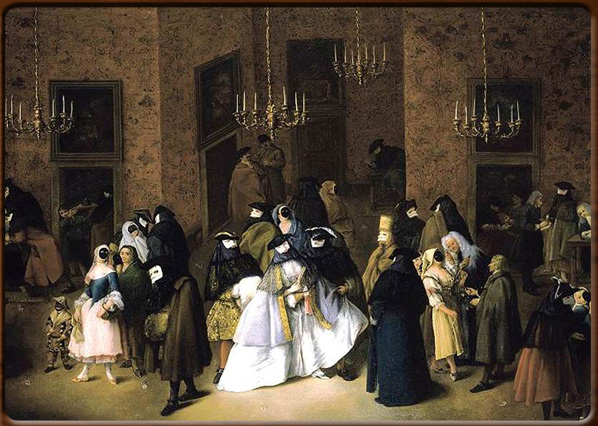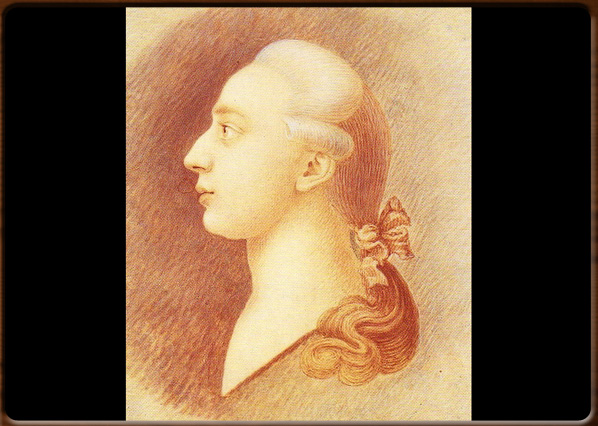
The Venice Ridotto. Detail from a painting by Pietro Longhi, 1750.

Giacomo Casanova.


No video
In an effort to control gambling in Venice in the 17th Century, the State gave permission to Marco Dandolo in 1638 to use his palace as a Public Ridotto pubblico.
Thus the palace owned by the noble Dandolo family in San Moisè became Europe’s first public casino.
Open during the six months of carnival, it attracted the nobility and beautiful ladies, with the obligation that all should still be worn on the masks indoors. Only the croupiers, known as “Barnabotti”, were exempt from this rule.
Giacomo Casanova saw the Ridotto di St. Moisè as the ideal stage for his escapades. In its atmosphere of euphoria and licentiousness, many Italian and foreign princes and nobles gambled away their inheritance and wealth while “protected” by a mask.
In 1774 the Great Council decreed that it should be closed on account of the large number of Venetians being ruined there. In the 1800s and 1900s Palazzo Dandolo was used as a ballroom and theatre. After full restoration in 1992, the palace now seems ready to host once again the sumptuous Carnevale feasts of the 18th Century.
1600 - 1700 - S. MARCO - rev. 0.1.5